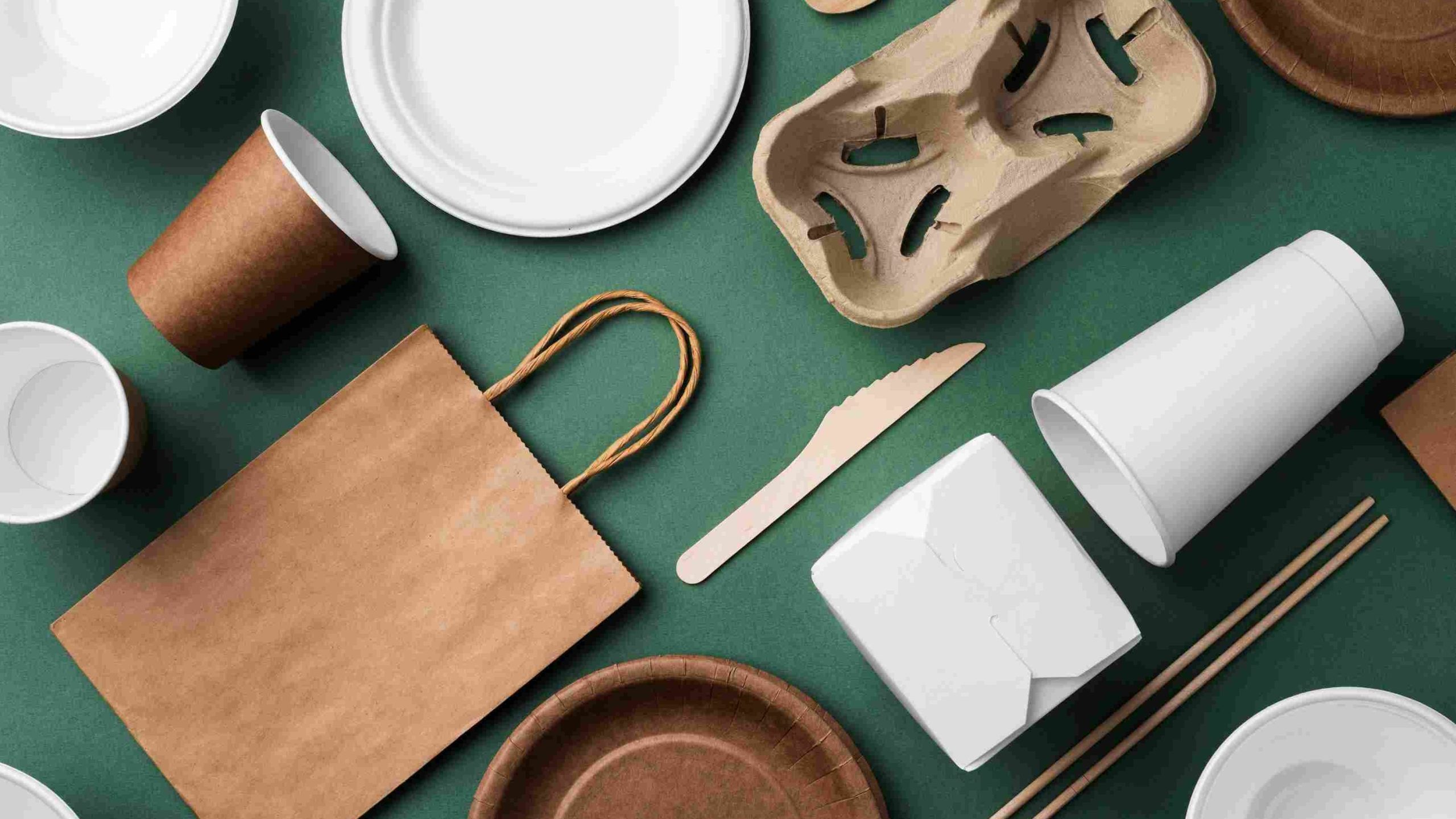In an era marked by growing environmental consciousness and the urgent need to address climate change, businesses worldwide are increasingly recognizing the importance of sustainable practices. Among these, sustainable packaging has emerged as a key area of focus, offering a promising avenue for companies to reduce their environmental footprint while maintaining profitability. The challenge lies in balancing the economic benefits with the ecological responsibilities, and recent innovations in this field are showing that it is indeed possible to achieve both.

The packaging industry has long been associated with significant environmental issues, particularly due to the extensive use of single-use plastics and non-biodegradable materials. These materials contribute to pollution, pose threats to wildlife, and exacerbate landfill overflow. As consumer awareness about these issues grows, so does the demand for more sustainable packaging solutions. This shift is not just a trend but a crucial response to the environmental crisis facing our planet.
Recent advancements in sustainable packaging are paving the way for more eco-friendly practices. Companies are exploring various materials and technologies to develop packaging that minimizes environmental impact without compromising on functionality or aesthetics.
- Biodegradable and Compostable Materials: Innovations in materials science have led to the development of biodegradable and compostable packaging made from plant-based resources like cornstarch, sugarcane, and even mushrooms. These materials break down naturally, reducing the burden on landfills and mitigating pollution.
- Recyclable Packaging: Enhancing the recyclability of packaging materials is another significant step. Companies are investing in designing packaging that can be easily recycled, thus promoting a circular economy where materials are reused and repurposed rather than discarded.
- Lightweight Packaging: Reducing the weight of packaging can significantly cut down on transportation emissions. Lightweight materials not only lower shipping costs but also decrease the overall carbon footprint of the product lifecycle.
- Edible Packaging: An innovative and futuristic approach is the development of edible packaging. Made from food-grade materials, this packaging can be consumed along with the product, eliminating waste entirely. While still in the early stages of adoption, edible packaging holds tremendous potential for the future.
- Smart Packaging: Technology is playing a crucial role in the evolution of packaging. Smart packaging solutions incorporate features like QR codes and sensors to provide consumers with information about the product’s origin, usage, and disposal. This can enhance transparency and encourage responsible consumption.
The transition to sustainable packaging requires an initial investment, which can be a barrier for some businesses. However, the long-term benefits often outweigh the costs.



